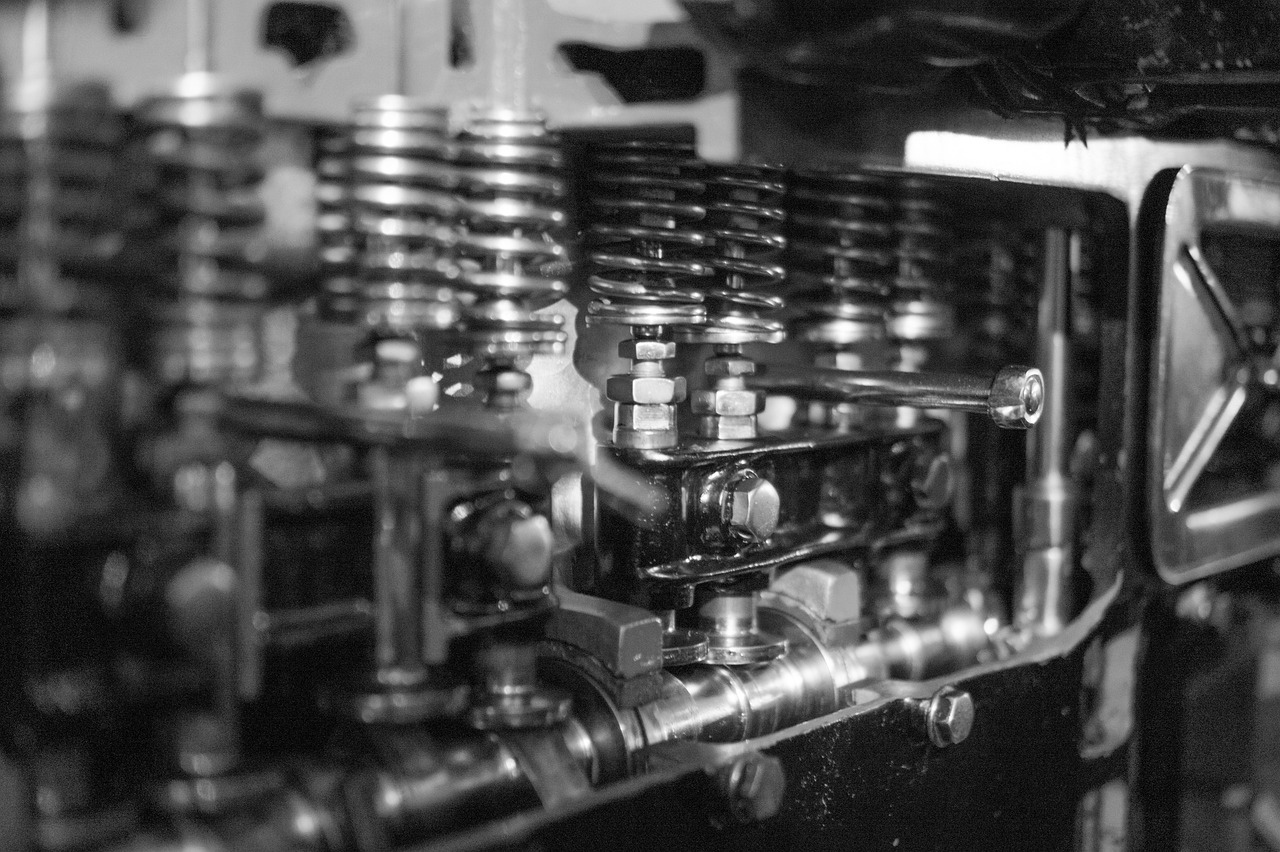The Psychology of Car Interior Lighting Colors: Mood and Ambiance Effects
Car interior lighting colors play a significant role in shaping the mood and ambiance within a vehicle. The choice of lighting color can have a profound impact on the overall driving experience, influencing passengers’ emotions and perceptions. Different colors can evoke various feelings and reactions, creating a unique atmosphere inside the car.
Warm colors like red and orange are often associated with energy, passion, and warmth. When used in car interiors, these colors can create a cozy and inviting ambiance, making passengers feel more relaxed and comfortable during their journey. In contrast, cool colors such as blue and green are known for their calming and soothing effects, promoting a sense of tranquility and serenity within the car. By understanding the psychological effects of different lighting colors, car manufacturers can design interiors that cater to the emotional needs of drivers and passengers alike.
Header: The Science Behind How Different Colors Affect Our Emotions
Colors have a profound impact on our emotions, triggering various psychological responses that can influence our mood and behavior. Research suggests that different colors are associated with distinct emotional responses, with warm tones like red and orange often linked to feelings of excitement and energy, while cool tones like blue and green are more calming and soothing. Understanding these associations can help us create environments that cater to specific emotional needs and preferences.
Moreover, the impact of color on emotions is deeply rooted in cultural and personal experiences. For example, while white may symbolize purity and cleanliness in Western cultures, it can represent mourning and sadness in Eastern cultures. Similarly, individual preferences and past experiences with certain colors can also shape how we perceive and respond to them emotionally. By recognizing the complexities of color psychology, we can harness the power of color to create spaces that evoke desired emotional responses and enhance our overall well-being.
How do different colors affect our emotions?
Different colors can evoke different emotions and moods in individuals. For example, warm colors like red and orange can create feelings of excitement and energy, while cool colors like blue and green can promote calmness and relaxation.
Can the color of car interior lighting impact our mood while driving?
Yes, the color of car interior lighting can influence our mood and create a certain ambiance while driving. For example, blue lighting can create a calming effect, while red lighting may increase alertness and energy.
Is there scientific evidence to support the impact of colors on emotions?
Yes, numerous studies have shown that colors can have a significant impact on our emotions and mood. Researchers have found that certain colors can evoke specific emotional responses in individuals, which can vary based on cultural and personal associations.
How can I use the science of color to create a desired mood in my environment?
By understanding the emotional responses associated with different colors, you can strategically use color to create a desired mood in your environment. For example, if you want to promote relaxation in a space, you may choose to incorporate cool colors like blue and green.
Are there universal meanings associated with specific colors?
While there are general associations with certain colors (e.g. red for passion, blue for tranquility), the meaning of colors can vary based on cultural and personal experiences. It’s important to consider individual preferences and associations when using color to evoke emotions.





